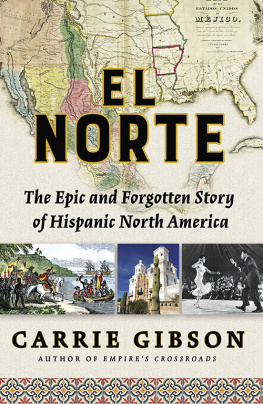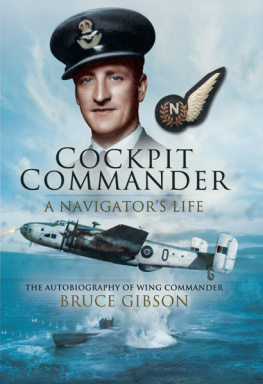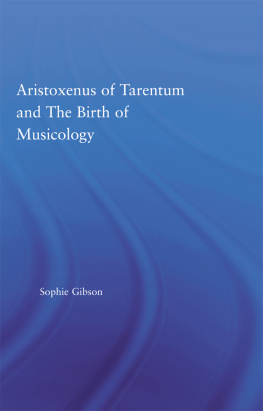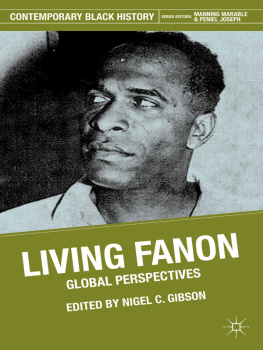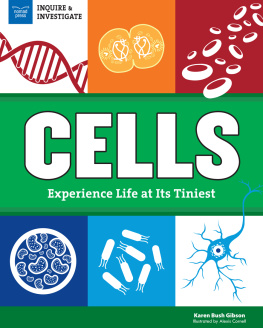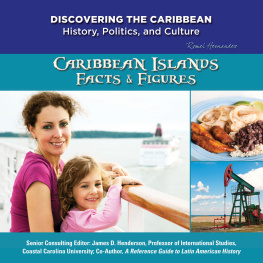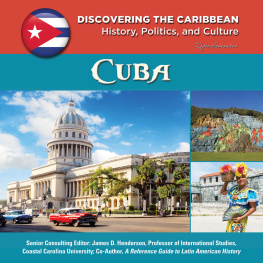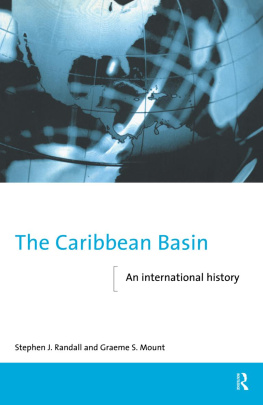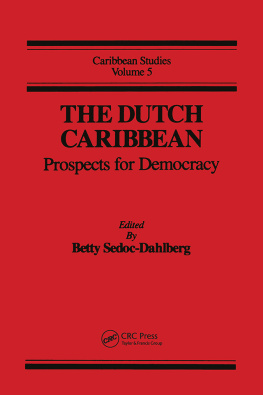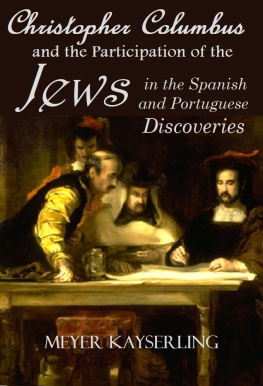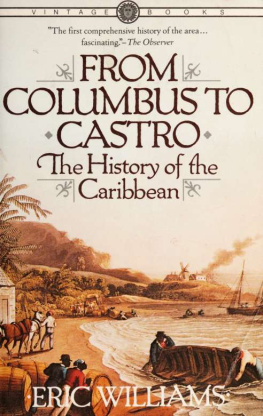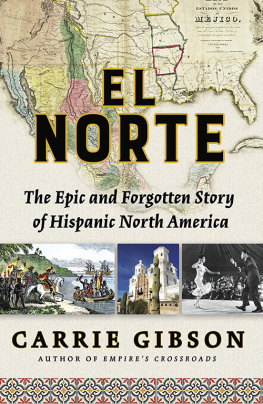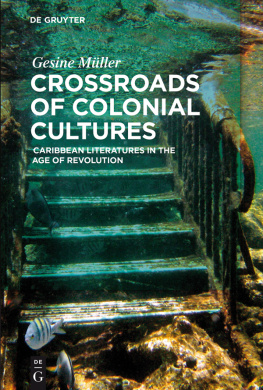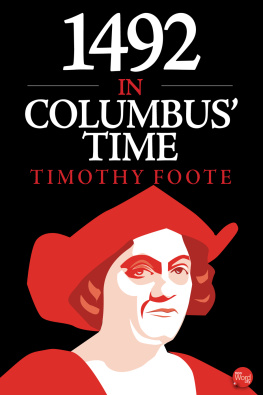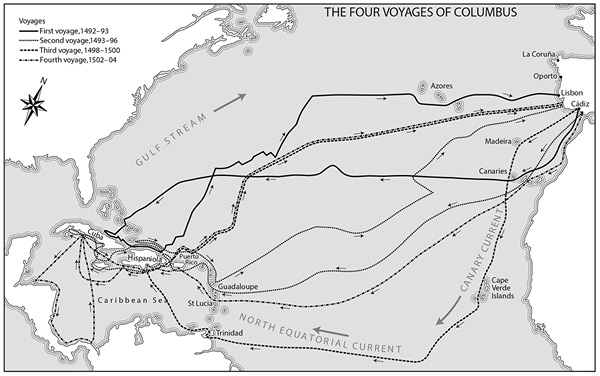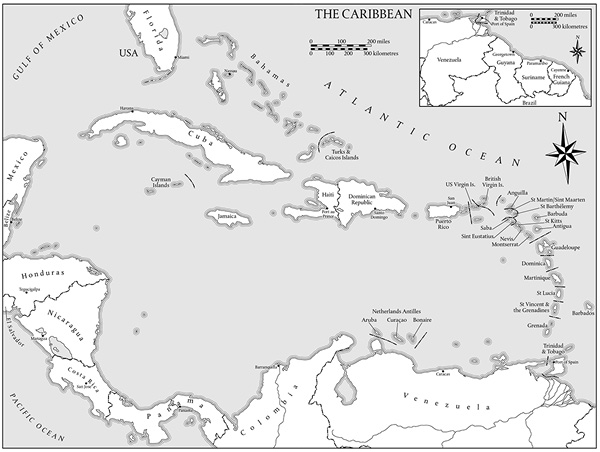Gibson - Empire’s crossroads : a history of the Caribbean from Columbus to the present day
Here you can read online Gibson - Empire’s crossroads : a history of the Caribbean from Columbus to the present day full text of the book (entire story) in english for free. Download pdf and epub, get meaning, cover and reviews about this ebook. City: New York,, year: 2014, publisher: Atlantic Monthly Press, genre: History. Description of the work, (preface) as well as reviews are available. Best literature library LitArk.com created for fans of good reading and offers a wide selection of genres:
Romance novel
Science fiction
Adventure
Detective
Science
History
Home and family
Prose
Art
Politics
Computer
Non-fiction
Religion
Business
Children
Humor
Choose a favorite category and find really read worthwhile books. Enjoy immersion in the world of imagination, feel the emotions of the characters or learn something new for yourself, make an fascinating discovery.

Empire’s crossroads : a history of the Caribbean from Columbus to the present day: summary, description and annotation
We offer to read an annotation, description, summary or preface (depends on what the author of the book "Empire’s crossroads : a history of the Caribbean from Columbus to the present day" wrote himself). If you haven't found the necessary information about the book — write in the comments, we will try to find it.
After that fateful landing in 1492, the British, French, Spanish, Portuguese, Dutch, Danish, and even the Swedes, Scots, and Germans sought their fortunes in the islands for the next two centuries. Some failed spectacularly: a poorly executed settlement in Panama led the Scots to lose their own independence to England. The Spaniards were the first to find prosperity, in Mexico but also along the islands. In Hispaniola, Cuba, and Puerto Rico, they built grandiose cathedrals and extracted shipfuls of gold and silver, which English, French, and Dutch pirates were happy to seize. But precious metals werent a sustainable exportthe colonizers needed something that was, and they would need hordes of slaves to cultivate it.
The Caribbeans first cash crop, one indigenous to the New World, was tobacco, and it, along with sugar, spurred expensive new addictions back in Europe. Gibson argues that immaterial exports were just as important. No other region of the world has experienced such a vibrant mixing of cultures, religions, and peoplesAfricans, Europeans, Asians, and Amerindians created amazingly dynamic Creole societies that complicated traditional ideas about class and race. By the end of the eighteenth century, seventy thousand free blacks and mulattos lived in the British islands alone, and it was in the Caribbean that the worlds only successful slave revolt took placesparking the meteoric rise of Napoleons black counterpart, Toussaint LOuverture, and the Haitian Revolution.
The Caribbean island of St. Eustatius had been the first to recognize the United States as a nation, but the Americans were soon vying for their own imperial stronghold in the West Indies, attempting to control Cuba and backing influential corporations, most notably United Fruit. In the twentieth century, most of the islands broke from the imperial traditions that had lorded over them for four centuries: this would be the explosive age of decolonization and banana republics, of racial riots and ngritude, of Cold War politics and tourist crowds.
At every step of her expansive story, Gibson wields fascinating detail to combat the myths that have romanticized this region as one of uniform white sand beaches where the palm trees always sway. Evocatively written and featuring a whole cast of cosmopolitan characters, Empires Crossroads reinterprets five centuries of history that have been underappreciated for far too long.
Gibson: author's other books
Who wrote Empire’s crossroads : a history of the Caribbean from Columbus to the present day? Find out the surname, the name of the author of the book and a list of all author's works by series.

